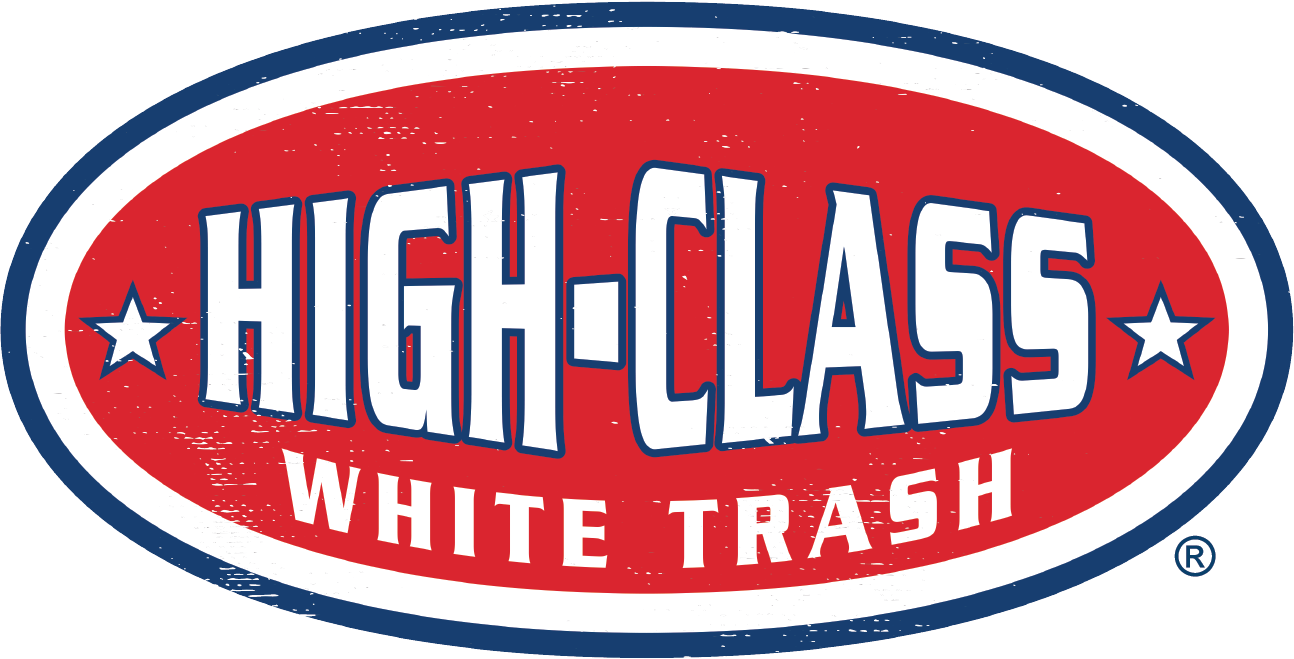Blue-collar fashion has undergone a significant transformation over the decades. Originally designed for practicality and durability in demanding work environments, blue-collar workwear has evolved into a prominent style in modern streetwear. This shift reflects a broader cultural appreciation for the values and aesthetics rooted in the blue-collar ethos. Let's explore the journey of blue-collar fashion from its functional beginnings to its current status as a fashion statement.
The Origins of Blue-Collar Workwear
Blue-collar workwear emerged from the necessity to provide workers with clothing that could withstand the rigors of manual labor. The term blue-collar itself comes from the durable blue denim and chambray shirts worn by laborers, particularly in industries like construction, manufacturing, and transportation. These garments were chosen for their resilience, ease of care, and ability to conceal dirt and stains.
Key Characteristics of Early Blue-Collar Workwear
- Durability: Fabrics like denim and duck canvas were favored for their strength.
- Practicality: Multiple pockets, reinforced seams, and robust fastenings were essential.
- Comfort: Loose fits allowed for ease of movement during physically demanding tasks.
Blue-Collar Workwear in the Military and Emergency Services
The military has long influenced blue-collar workwear, contributing designs that prioritize function and durability. Army fatigues, navy uniforms, and tactical gear have all left their mark on the fashion industry. Similarly, police, firefighters, and other emergency services have uniforms that emphasize durability and practicality, further cementing the blue-collar aesthetic in our collective consciousness.
The Cultural Shift: Blue-Collar Workwear as Streetwear
In recent years, there has been a notable shift in how blue-collar workwear is perceived. What was once strictly functional clothing has become a symbol of authenticity and rebellion. This transition can be attributed to several cultural factors:
The Influence of Pop Culture
Movies, music, and celebrities have played a significant role in popularizing blue-collar fashion. Films like Fight Club and TV shows like Sons of Anarchy showcased rugged, working-class characters whose style resonated with audiences. Musicians and influencers began to adopt these looks, blending workwear with modern fashion elements.
The Rise of Streetwear Brands
Streetwear brands have embraced blue-collar aesthetics, integrating workwear pieces into their collections. Brands like Grunt Style, Nine Line, and Black Rifle Coffee Company have successfully merged military and blue-collar elements with contemporary street fashion. This blend of styles appeals to those who value both practicality and a sense of rebellion.
Societal Appreciation for Blue-Collar Values
As society begins to recognize the essential contributions of blue-collar workers, there is a growing appreciation for the values they represent. Hard work, resilience, and authenticity are celebrated, and wearing blue-collar-inspired fashion has become a way to embody these ideals. This trend is especially evident in the rise of moisture-wicking shirts, tactical gear, and Richardson hats in mainstream fashion.
The Integration of Workwear into High Fashion
High fashion has also embraced blue-collar workwear, with designers incorporating elements like denim jackets, utility vests, and rugged boots into their collections. This integration signifies a shift in fashion norms, where the lines between workwear and high fashion blur, creating a new hybrid style that resonates with a broad audience.
Notable Trends in Blue-Collar Streetwear
- Utility and Functionality: Pieces that offer practicality, such as cargo pants and tactical vests, are highly sought after.
- Rugged Aesthetics: Distressed fabrics, heavy-duty materials, and a worn-in look are popular.
- Bold Statements: Clothing with patriotic themes, military insignias, and messages of resilience and toughness are in vogue.
The Symbolism of Blue-Collar Fashion
Blue-collar fashion is more than just a style; it is a statement. Wearing workwear-inspired pieces can signify solidarity with the working class, a rejection of overly polished aesthetics, and a celebration of hard-earned success. This symbolism is particularly potent in times of economic uncertainty and social upheaval, where the values of the blue-collar workforce are highly respected.
Conclusion
The evolution of blue-collar fashion from workwear to streetwear reflects a broader cultural shift in how we view and appreciate the contributions of blue-collar workers. As workwear becomes more integrated into mainstream fashion, it embodies the resilience and authenticity that define the blue-collar ethos. This trend is not only about fashion but also about recognizing and celebrating the values and experiences of the blue-collar working class.
For further reading on the resilience and contributions of blue-collar workers, check out this insightful article: Blue-collar workers: The Resilience of the Blue-Collar Working Class
In conclusion, while the search results do not directly address the evolution of blue-collar fashion, they provide valuable context about the changing perceptions and experiences of blue-collar workers in modern society. As workwear becomes more integrated into mainstream fashion, it reflects a broader cultural shift in how we view and appreciate the contributions of blue-collar workers.




